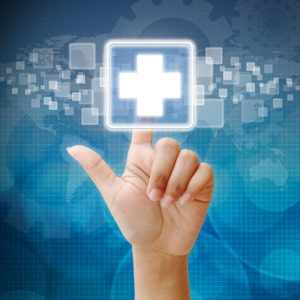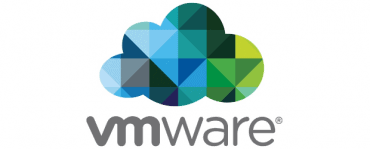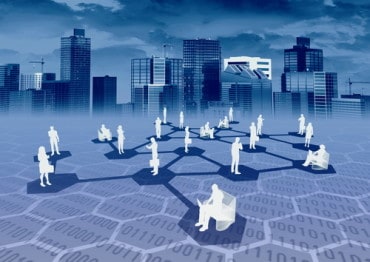
Healthcare is changing from an industry that’s largely reactive to our healthcare needs to one that’s largely proactive through the use of health data from IoT-connected devices. Here, RTInsights blogger David Linthicum discusses the benefits and potential downsides of this trend.
Many of us wear activity trackers these days. I wear a Fitbit watch which tracks my steps, sleep, workouts and heart rate. This health data is gathered on the watch, transmitted to my smart phone and then, eventually, transferred to the cloud. There I can analyze it as to how well (or not so well) things are going. I’ve even gone a few steps further by using other devices to monitor my weight and blood pressure. Finally, I track my eating habits as well. I’m sure I’m spinning off megabytes of health information each day.
Of course, we’re not new to all of this technology. I’ve worn heart rate monitors for years and we’ve all given up health data from our bodies each time we go to the doctor’s office. However, recently, it’s gotten a whole lot more pervasive as we’re tracking the health data much closer to real-time than ever before. The number of health-tracking devices is increasing and they have more capabilities with each version. Soon, we’ll be able to track any health vitals that once needed to be accessed by a healthcare professional.
Health Data from IoT-connected Devices
Thinking about this a bit deeper, it’s interesting that many of us have started to wear devices that allow the body to produce health data. Why? The incentive is that we get some health benefit from the collection of data from our bodies. It makes us more self-aware but, more importantly, it allows us to leverage the health information to gather hard data about patterns that may alert us or our doctor to health issues that may be preempted. So, overall, it’s a good thing.
Considering the potential good that can be done, this is perhaps the most valuable use of the Internet of Things (IoT) that has yet to emerge. However, it will take some getting used to as we enable our bodies as health data sources. Also, you have to consider the potential for abuse.
Some of the downsides could be insurance companies using that health data to deny or overcharge us for coverage. Much like we can buy tracking devices in our cars to demonstrate behavior that gets us a lower automobile insurance rate, health and life insurance companies could basically do the same thing to us because of our bodies. Lack of exercise over a few weeks, when tracked on a wearable device, could mean modified health coverage or much higher rates.
But the upsides are compelling. Health data that is gathered from your body can be transmitted to analytics services that could determine if the data matches patterns that demonstrate a higher risk for a negative health event. Perhaps even automatically transmit that health data to your doctor who then could perhaps prevent the negative health event from occurring.
Healthcare can change from an industry that’s largely reactive to our healthcare needs to an industry that’s largely proactive through the use of the data we give them on an ongoing basis. Perhaps it could even improve upon research which could get better at finding cures because we know more about what’s occurring within the people that are being treated.
Overall, this is a good trend in healthcare. No matter if you’re trying to lose a few pounds or prevent a heart attack, this is the IoT technology that will truly make a difference.






























